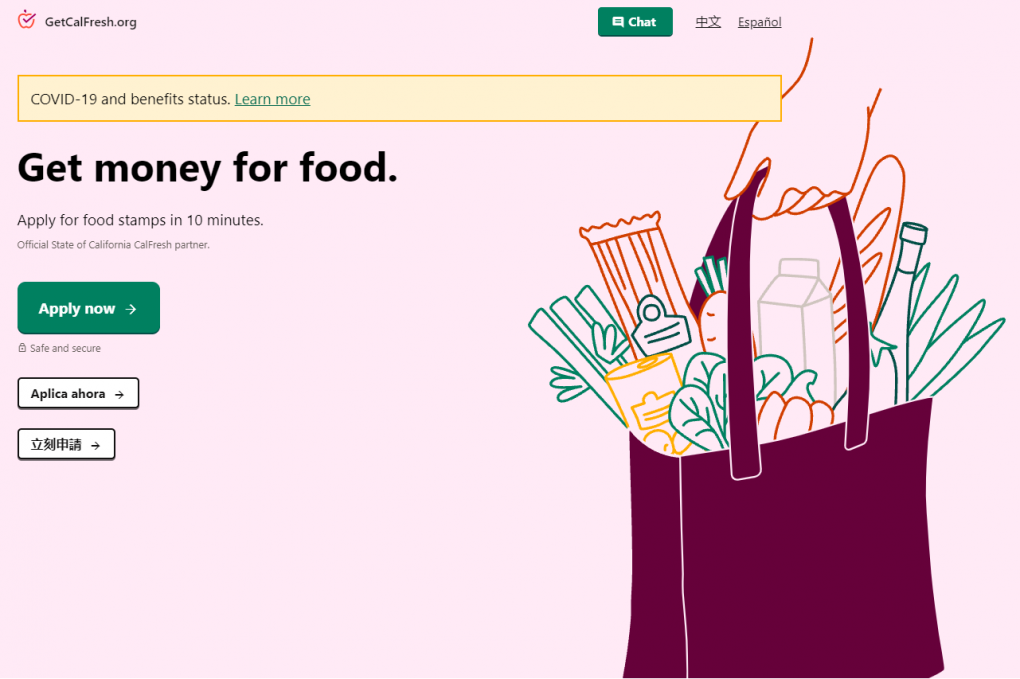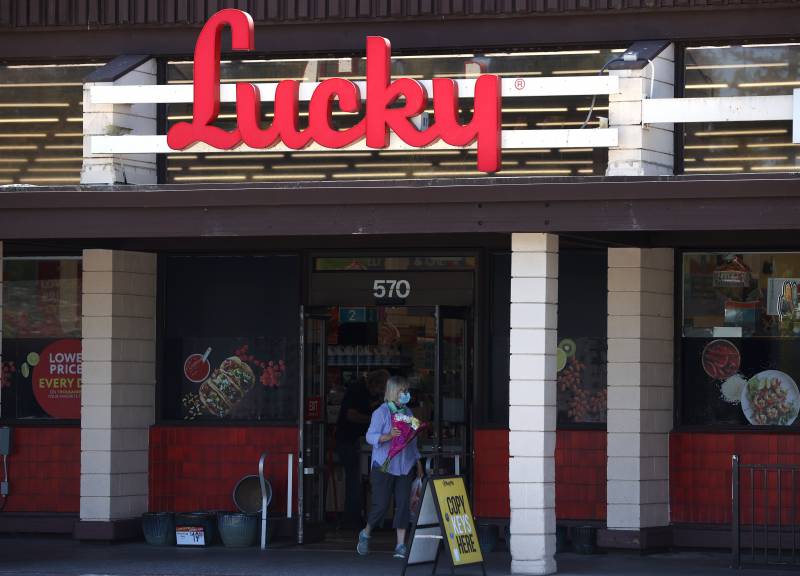“These are members of our community who, before the pandemic, already faced more obstacles than everyone else,” Angela Shing, director of employment and benefits services for the Santa Clara County Social Services Agency, said in a press release.
Children and people 65 and older make up more than half of those receiving assistance in the county, the statement said, noting that groups hardest hit by the pandemic, including Latino, Black, and Vietnamese community members, were also overrepresented in enrollment, according to the statement.
“The more resources we have to make life more equitable for all residents, the more resilient we are as a community,” Shing said.
CalFresh benefits are distributed on electronic benefit transfer cards, which can be used at grocery stores and farmers markets. Beneficiaries can also purchase groceries online for home delivery through major retailers like Amazon, Walmart, and participating grocery chains.
The increase in CalFresh benefits comes just months after the state announced it would offer all 6.2 million public school students the option to eat school breakfasts and lunches for free this year, regardless of household income.
The Public Policy Institute of California reported Friday that the two expanded benefits together “could lower poverty among school-aged children [in California] by 1.3 percentage points relative to a pre-pandemic baseline, lifting 90,000 children out of poverty.”
According to the U.S. Department of Agriculture, more than 42 million people rely on SNAP to feed their families. The USDA recently reevaluated how it sets SNAP benefits, increasing allotted payments by over 20% for the first time since the program started in in 1975 — resulting in the Oct. 1 increase.
That increase starts as other food benefits end, including a temporary 15% boost in SNAP payments that started in January 2021, and expired Thursday. It also comes a month after federal pandemic unemployment assistance dried up, and just a day after California’s eviction moratorium and extended sick leave rules expired.
How to get the CalFresh benefits increase
If you’re already a CalFresh recipient, you should already see an increase in your monthly benefits starting Oct. 1. If you’re experiencing problems or have questions about your current CalFresh benefits, the state recommends that you contact your county’s social services agency.
New CalFresh applicants can start their application online in English, Spanish or Chinese using the state’s official site, or by calling (877) 847-3663. You can also apply in person at your county’s designated CalFresh Office.

New CalFresh applicants must:
Remember, public charge rules do not apply to programs like CalFresh, WIC (California Special Supplemental Nutrition Program for Women, Infants, and Children) and free or reduced-cost lunch programs, and any immigration information will remain private. The California Department of Social Services ensures that applying for CalFresh will not affect your green card or application for U.S. citizenship.
All children born in the U.S. can get CalFresh benefits if they qualify. It does not matter where their parents were born. For details on eligibility requirements for people who immigrated to the U.S., see the state’s website for complete information.
CalFresh says it should take 10 minutes to apply online. New applicants should receive a call from a county representative for a short interview within a week.
As of Sept. 1, the CalFresh application site states that counties are receiving more applications than usual and application processing may be delayed.
Check out more data, including enrollment at the county level, on the California Department of Social Services’ CalFresh Data Dashboard.


